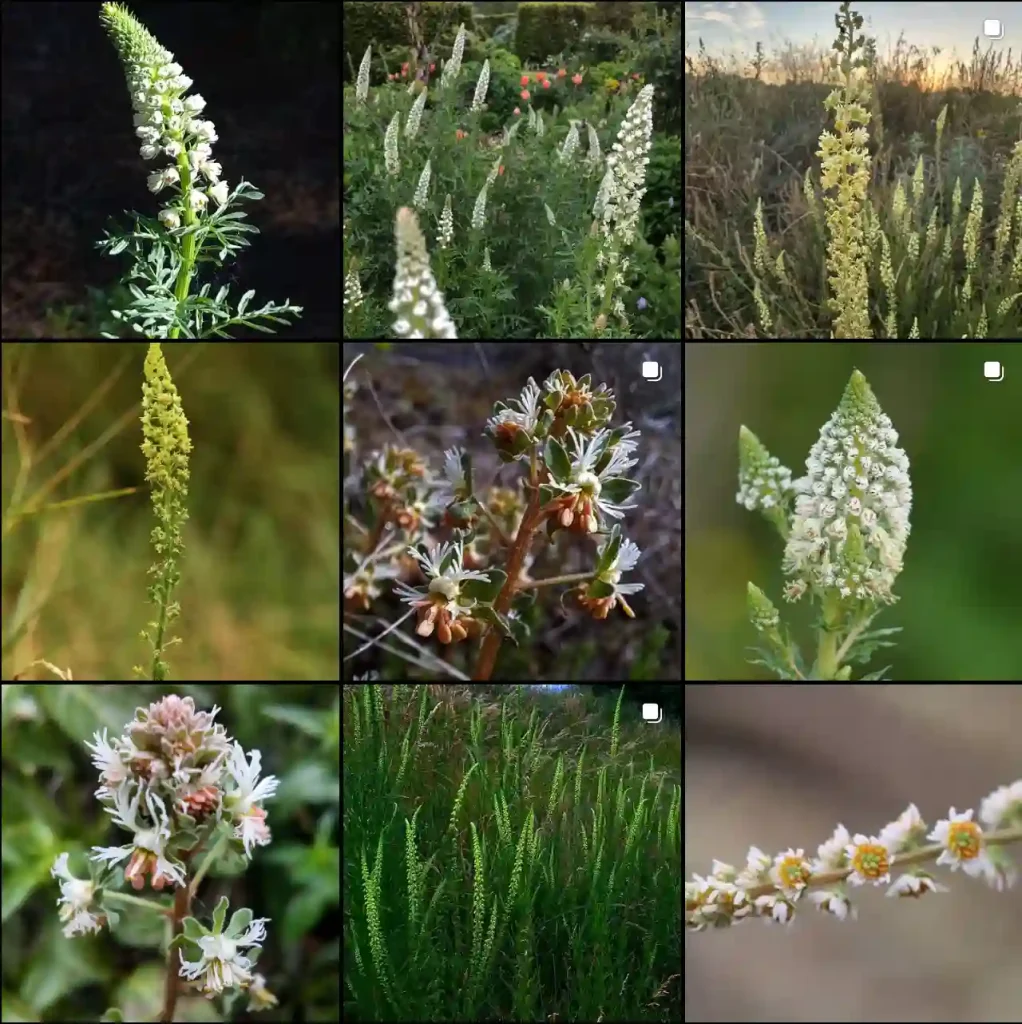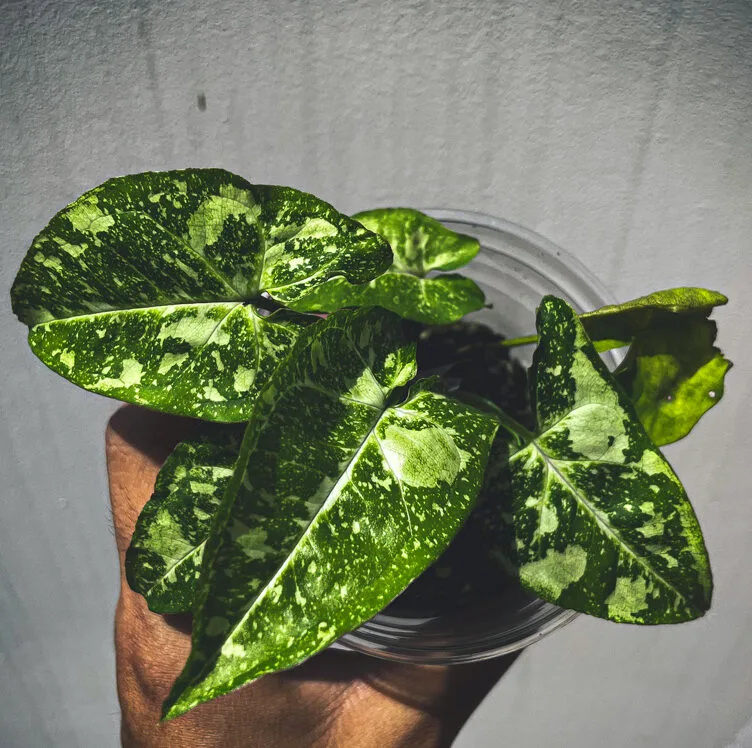Zizia: A Golden Treasure in the Meadow
The world of botany is filled with fascinating discoveries, and for me, the genus Zizia holds a special place. These North American natives, members of the parsley family (Apiaceae), are a testament to the beauty and resilience of our natural world. I’ve always been drawn to their delicate umbels of golden flowers, a beacon of sunshine in the often-overlooked corners of meadows and woodlands. Let’s delve into the world of Zizia and explore what makes these plants so captivating.
Why “Golden Alexanders”?
The common name “golden alexanders” often associated with Zizia species speaks to their vibrant yellow flower clusters. These tiny blooms, arranged in umbels, create a dazzling display that attracts a myriad of pollinators. Bees, butterflies, and other beneficial insects buzz around the golden heads, drawn to the nectar and pollen these plants generously offer. This vibrant display not only enhances the beauty of the landscape but also plays a crucial role in supporting local ecosystems.
A Closer Look at the Species
The genus Zizia isn’t large, but each species has its own unique characteristics. Here are the three main players:
- Zizia aurea (Golden Alexanders): This is perhaps the most well-known species, boasting bright yellow flowers and leaves that are divided into three leaflets. It thrives in moist meadows, woodlands, and along stream banks. Plant FAQs: Zizia Aurea
- Zizia aptera (Heartleaf Alexanders): As the name suggests, this species is distinguished by its heart-shaped leaves. The flowers are similar to Z. aurea, but the unique foliage makes it easy to identify.
- Zizia trifoliata (Meadow Alexanders): This species closely resembles Z. aurea, but it tends to have slightly larger leaves and a more upright growth habit.
The Importance of Zizia
Beyond their aesthetic appeal, Zizia species play a vital role in their ecosystems. They serve as a valuable food source for various insects, including the larvae of the black swallowtail butterfly. These plants also contribute to soil health and help prevent erosion. In the past, some Native American tribes used Zizia for medicinal purposes, highlighting the potential benefits these plants hold.
My Personal Connection
I remember the first time I encountered Zizia aurea in the wild. I was hiking through a meadow, and the vibrant yellow umbels caught my eye from afar. As I approached, I was struck by the intricate details of the flowers and the way they danced in the gentle breeze. Since then, I’ve made it a point to seek out Zizia whenever I’m exploring natural areas. Their presence always brings a smile to my face and reminds me of the interconnectedness of all living things.
Cultivating Zizia
One of the wonderful things about Zizia is that it can be easily cultivated in gardens. These plants are relatively low-maintenance and adapt well to a variety of soil conditions. They prefer partial shade but can tolerate full sun if provided with adequate moisture. Incorporating Zizia into your garden not only adds beauty but also supports pollinators and contributes to a healthy ecosystem.
A Call to Appreciation
In a world that often prioritizes the flashy and the new, it’s easy to overlook the subtle beauty of plants like Zizia. But it’s in these often-unnoticed corners of nature that we find true wonder and resilience. I encourage everyone to take a moment to appreciate the golden alexanders, to observe their intricate details, and to recognize their importance in the grand tapestry of life. By fostering a deeper connection with the natural world, we enrich our own lives and contribute to a more sustainable future.
If i die, water my plants!



